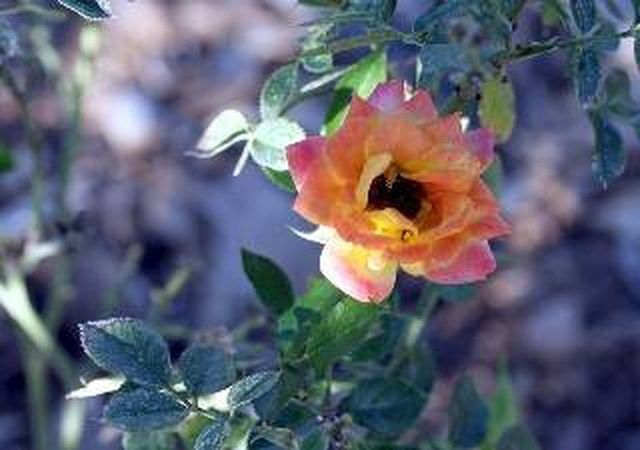Bulbs
Flower Basics
Flower Beds & Specialty Gardens
Flower Garden
Garden Furniture
Garden Gnomes
Garden Seeds
Garden Sheds
Garden Statues
Garden Tools & Supplies
Gardening Basics
Green & Organic
Groundcovers & Vines
Growing Annuals
Growing Basil
Growing Beans
Growing Berries
Growing Blueberries
Growing Cactus
Growing Corn
Growing Cotton
Growing Edibles
Growing Flowers
Growing Garlic
Growing Grapes
Growing Grass
Growing Herbs
Growing Jasmine
Growing Mint
Growing Mushrooms
Orchids
Growing Peanuts
Growing Perennials
Growing Plants
Growing Rosemary
Growing Roses
Growing Strawberries
Growing Sunflowers
Growing Thyme
Growing Tomatoes
Growing Tulips
Growing Vegetables
Herb Basics
Herb Garden
Indoor Growing
Landscaping Basics
Landscaping Patios
Landscaping Plants
Landscaping Shrubs
Landscaping Trees
Landscaping Walks & Pathways
Lawn Basics
Lawn Maintenance
Lawn Mowers
Lawn Ornaments
Lawn Planting
Lawn Tools
Outdoor Growing
Overall Landscape Planning
Pests, Weeds & Problems
Plant Basics
Rock Garden
Rose Garden
Shrubs
Soil
Specialty Gardens
Trees
Vegetable Garden
Yard Maintenance
How to Trim Dead Flowers From Rose Bushes
How to Trim Dead Flowers From Rose Bushes. Roses are hardy flowers and, when they are cared for properly, will grow for many years. Part of caring for the rose requires trimming, which is also known as deadheading. Deadheading is when you remove the dead or faded flowers from the bush. This not only tidies up the plant, but also causes it to...

Roses are hardy flowers and, when they are cared for properly, will grow for many years. Part of caring for the rose requires trimming, which is also known as deadheading. Deadheading is when you remove the dead or faded flowers from the bush. This not only tidies up the plant, but also causes it to redirect the energy into producing longer stems and growing new leaves and flowers instead of sustaining dying and wilted flowers.
Things You'll Need
Pruning shears
Gardening gloves
Household glue
Wear gardening gloves when trimming roses to protect your hands from the thorns. Use pruning shears with sharpened blades on both sides. The type with a blade on one side and a flat "anvil" on the other side tends to crush the stems instead of cutting them.
Trim off the dead flowers. Look on the stem, below the flower (where the stem is as thick as a pencil) to the nearest five leaflet set. Locate the small swollen bump (where the new growth will emerge) that is pointing towards the outside of the bush.
Cut about ?-inch above the leaves with the swollen bump. Hold the pruning shears at a 45-degree angle when you cut, with the highest point of the angle toward the middle of the bush. This will cause new growth to emerge away from the center of the bush, allowing more air flow to the bush, which deters fungus and disease.
Smear some household glue over the cut stem if it is larger than a pencil width thick. This will act as a band aid, sealing the cut and preventing insects from entering the rose. Don't worry if the leaflet set turns yellow and falls off several days later. This is normal.
Clean up all rose debris and discard it. Do not add it to the compost, as it creates a perfect home for insects and fungal spores. Stop deadheading the roses before the first freeze to allow the bush to go dormant.
Tips & Warnings
Stems that are thinner than a pencil thickness cannot support rose blossoms. Cut these stems back to the main stem.